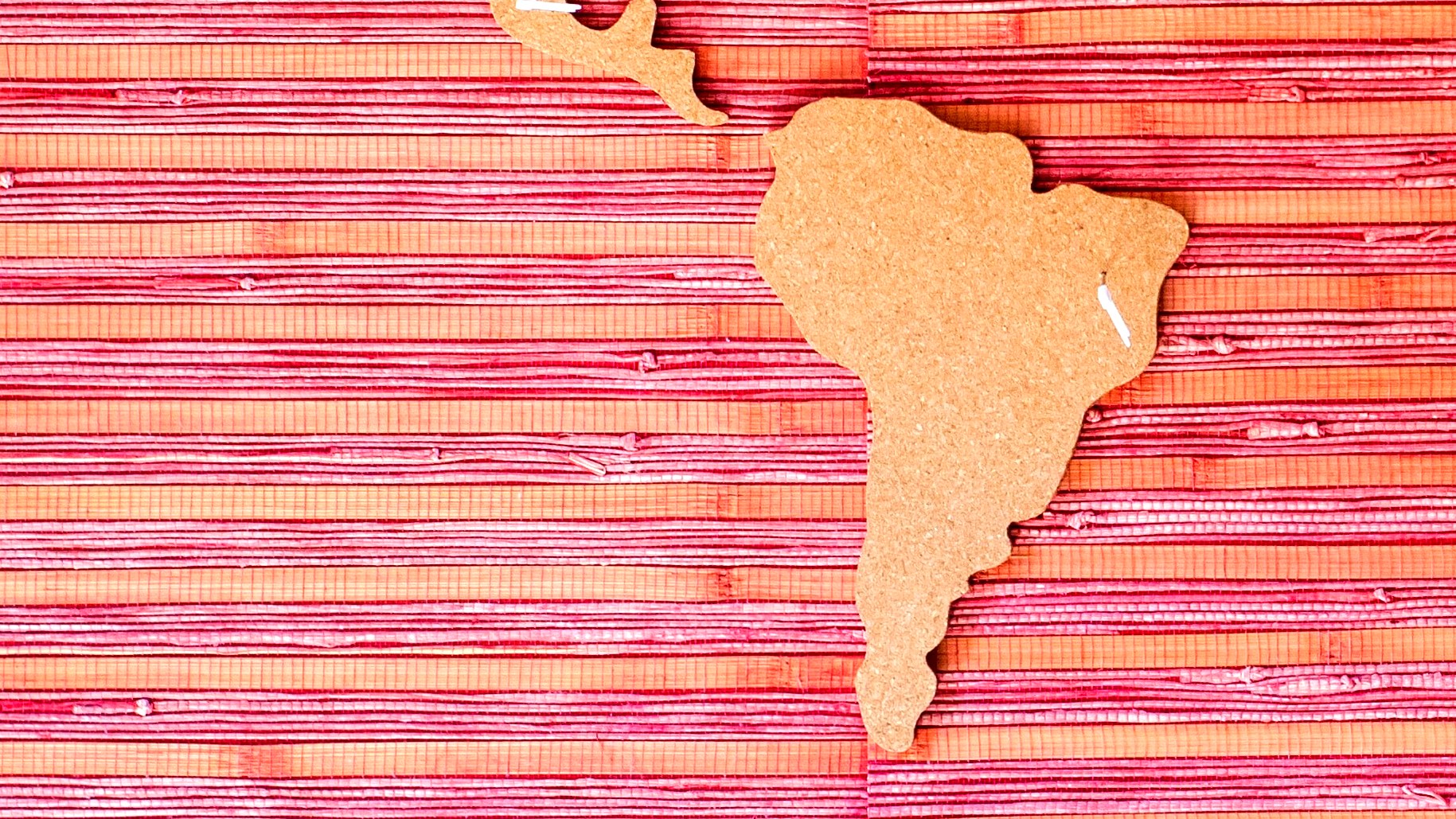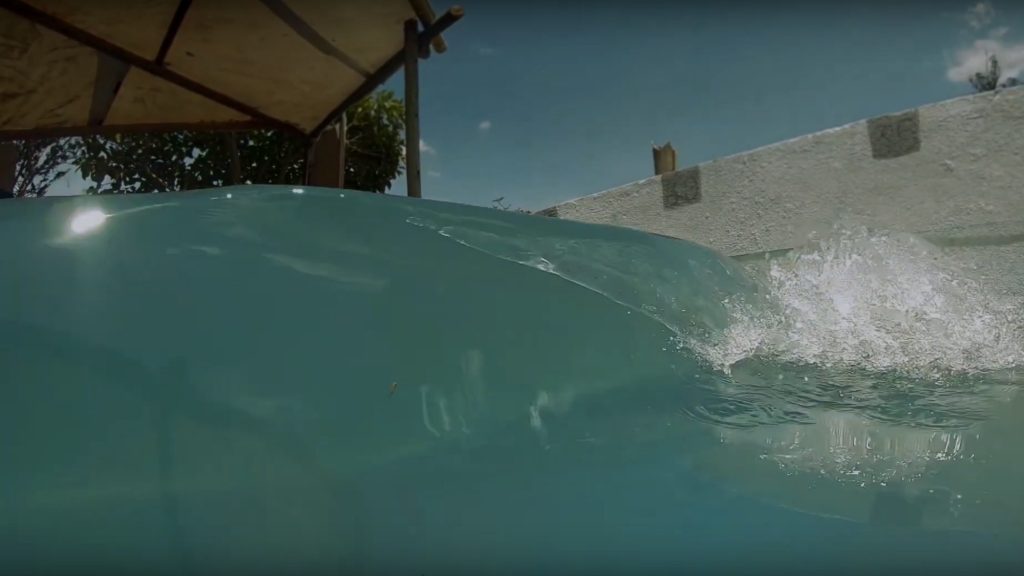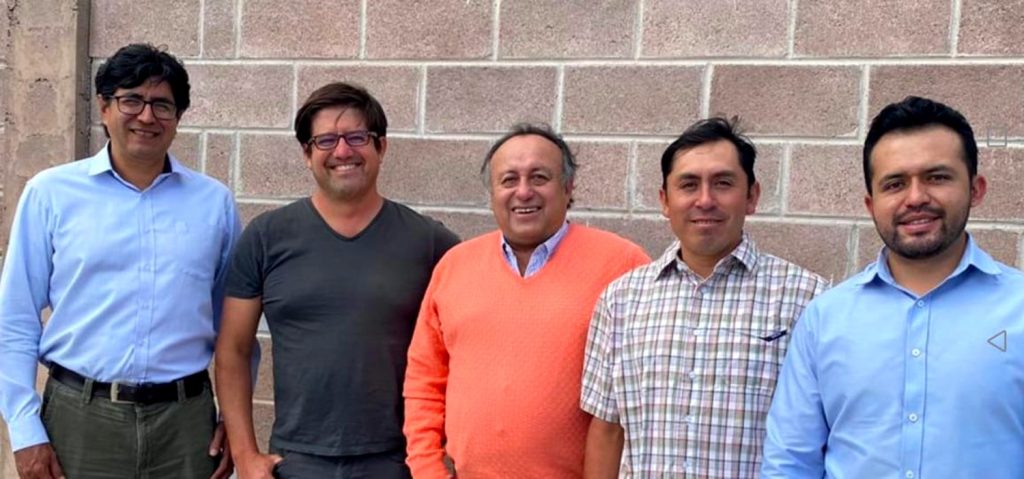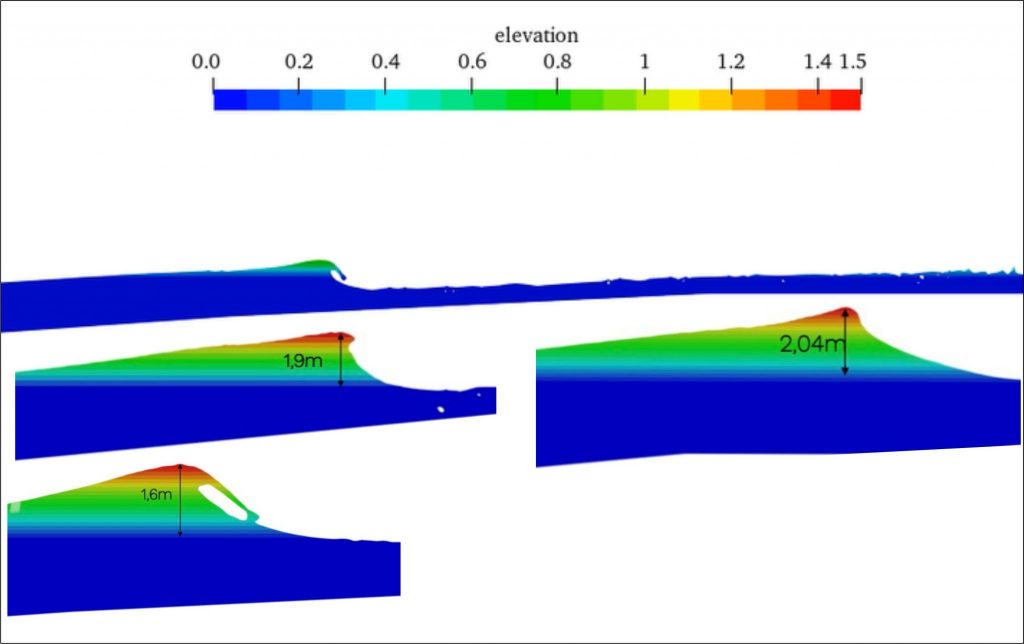The South American connection – how three companies are making surf

Wave pool technology has long been a mostly American and European business, with a few behemoths leading the pack and a handful of smaller players.
Scottish-made Murphy’s Waves, for example, has put its technology in places from Dubai to Beijing. American Wave Machines Inc., meanwhile, has waves breaking from Texas to Japan, and has permits for locations in Florida and Palm Springs, California. Spain’s Wavegarden – already pumping out surf from South Korea to the United Kingdom – has plans to deploy its patented peaks across the United States and recently debuted in Brazil.
Missing from this wave-development rush, however, has been one of surfing’s biggest markets: South America. Despite its robust, surf-loving culture (not to mention multiple world-title-winning surfers), the continent has been glaringly short on homegrown designs. As for wave-tech imports, Wavegarden is an anomaly.
That artificial-wave desert isn’t for lack of interest but rather, a set of factors specific to South America. Issues like currency imbalances, economic policies, political instability and barriers to capital have all kept would-be wave-developers from enticing start-up investment to get building, as well as potential importers from accessing the type of capital required to purchase and pay tariffs on foreign systems.
That, however, may soon be changing. Over the past five years, a handful of passionate surfers, entrepreneurs and engineers in South America have been quietly designing their own, manufactured waves. Flying under the radar of their northern colleagues, are three companies: Olas Surf Technology in Quito, Ecuador; SurfPark in São Paulo, Brazil and beyond; and WaveSEG in both Buenos Aires, Argentina and São Paulo. For the founders of each, doing business in their part of the world has, indeed, posed a set of unique challenges. But also, they say, significant opportunity – not the least of which is a continent replete with surfers and the surf-curious.

Challenges to Development
For Omar Modini, the founder of Argentina’s WaveSEG, the path to wave-pool entrepreneurship started in 2012 with a job at FlowRider, one of the first companies to create landlocked waves. But Modini wasn’t enamored of the technology, in which a pump pushes water upward toward the surfer, for a far different effect than natural waves. So when Argentina went into a recession in 2014, and business flagged, he joined South Entertainment Group (SEG) and launched a wave-development arm.
As Modini began to research bringing in existing technologies, he quickly discovered one of the biggest barriers to developing wave pools in his region: “Imagine that, to import some product from China or Europe or from the United States,” he said, “the tariff is close to 100 percent.” Plus, there was the issue of Argentina’s recession. A new president came into office there in 2015, and austerity efforts further devalued the peso and interest rates skyrocketed to 25 percent. In short: it was an inauspicious time to launch a capital-heavy company.
More than 6,000 km northwest of Modini, Olas Surf Technology founders Diego Rodríguez and Marco Vasquez, came up against challenging economic policy. In 2018, Rodríguez convinced his wife to go all-in on purchasing a patented, modular system from an English scientist and pursue the wave business. Finding capital to create a proof of concept quickly became his next stumbling block. He and Vasquez launched their company under an administration that, in a surprise turn, increased the country’s investment risk and essentially hamstrung the influx of capital.

According to Vasquez, there was another problem, too: ”Corruption. Corruption levels are so high in Ecuador and in general, in Latin American countries, that investors are afraid of doing business here.”
For SurfPark Resort of São Paulo, Brazil, both global and regionally-specific challenges slowed their progress, too.
“Our biggest challenge was the pandemic,” Fabio Ferraz, Surf Park’s Director of Development, said in an email. “Before that, we were already well aligned with investors, customers and sponsors. Then we had to go on standby to start the construction of the park.” Ferraz’s other big challenge, however, was the imbalance in currencies between the dollar and the Brazilian real. At one point, he said, the exchange rate was such that one U.S. dollar was worth almost six times that of the real, effectively leveling the company’s purchasing power for materials, supplies and anything else they might need from outside Brazil.
Distinct opportunities
Still, all three companies have also found opportunities unique to their region. All three have hung on for the ride, with plans to open their respective wave pools sometime in 2022.
Throughout their development phase, Rodríguez and Vasquez of Olas Surfing held fast to their vision, employing a handful of engineers working for sweat equity. They’ve also hung on to their day jobs, which include a flat-water pool business, a translation firm and psychological coaching. They’ve built proof-of-concept models to demonstrate the wave and are in the process of securing local building permits and making improvements to their technology.
After years of economic austerity measures that hindered their access to capital, the two are optimistic about Ecuador’s new president, Guillermo Lasso, who entered office in May 2021. Ecuador is still hampered by years of economic hardship and the impact of the pandemic but Lasso’s election alone has already improved the country’s key indicators for investment.
“We have a new elected regime and this is going to change everything, because we have been starving for these kinds of legal conditions,” said Rodríguez. “Now investors are going to come to our country and exports are going to be highly fostered, so our technology will be easily exported.”
Plus, he said, not only will their technology cost much less to build, thanks to lower labor costs, but it will cost less to buy. He and Vasquez also noted that, for now, they have the unique advantage of zero competitors – along with a grand vision. They’re planning to build a surf park outside of Quito, Ecuador’s capital, and include everything from a skate park to SUPs and tennis courts to glamping. With a small but dedicated local surf culture (yes, even in the mountaintop city), they believe Olas will become a destination not only for visitors to the country, but also Quito families and domestic travelers.
For Modini, the path to development lies in collaborative projects with real estate developers and promises endless potential. He moved his family from Argentina to Brazil to pursue WaveSEG opportunities, and envisions the compressor technology in pools at condominiums and urban developments around the country. Currently, he and his team are experimenting with artificial intelligence to build models of their pool and form partnerships.
He acknowledged, however, that it hasn’t been easy. Pointing to his bald scalp, he quipped, “My hair was from Argentina.”

Like Modini, Ferraz of SurfPark Resort sees big opportunity in South America’s largest country. “We have a very high, pent-up demand and many surfers are eager to surf high-quality waves,” he said.
In contrast to Olas and WaveSEG, Surf Park teamed up with another company, Alfatech, to develop the wave technology and has plans to build parks in multiple locations, worldwide. The details of their approach are fuzzy, but Ferraz is bullish on both their market and their distinction as a salt-water pool, to better mimic the buoyancy of ocean waves.
While each company has its own approach to designing waves and distinct visions of ecosystems around them, they share a kind of grit and passion that’s proved essential to success.
“I think it’s very hard for someone in South America to start [this type of] project because it takes a lot of money, it takes a lot of technical knowledge,” said Rodríguez. “First, you have to be passionate about it, you have to be a surfer. I grew up surfing in Peru, and then it was like a trauma because I moved from Peru to Quito when I was 16.
“That passion coming from South America – hopefully we will find a way to show it in our waves and in the way we manage our surf park” he added. “For Quito, it will be like having just a small piece of the beach. It’s going to be amazing.”
Related Coverage
